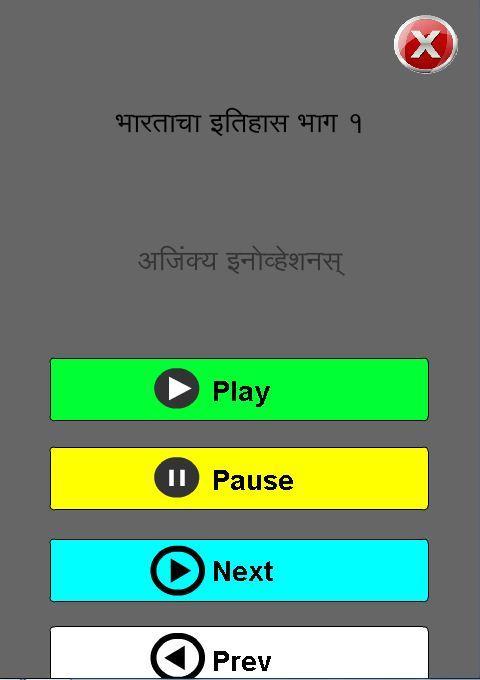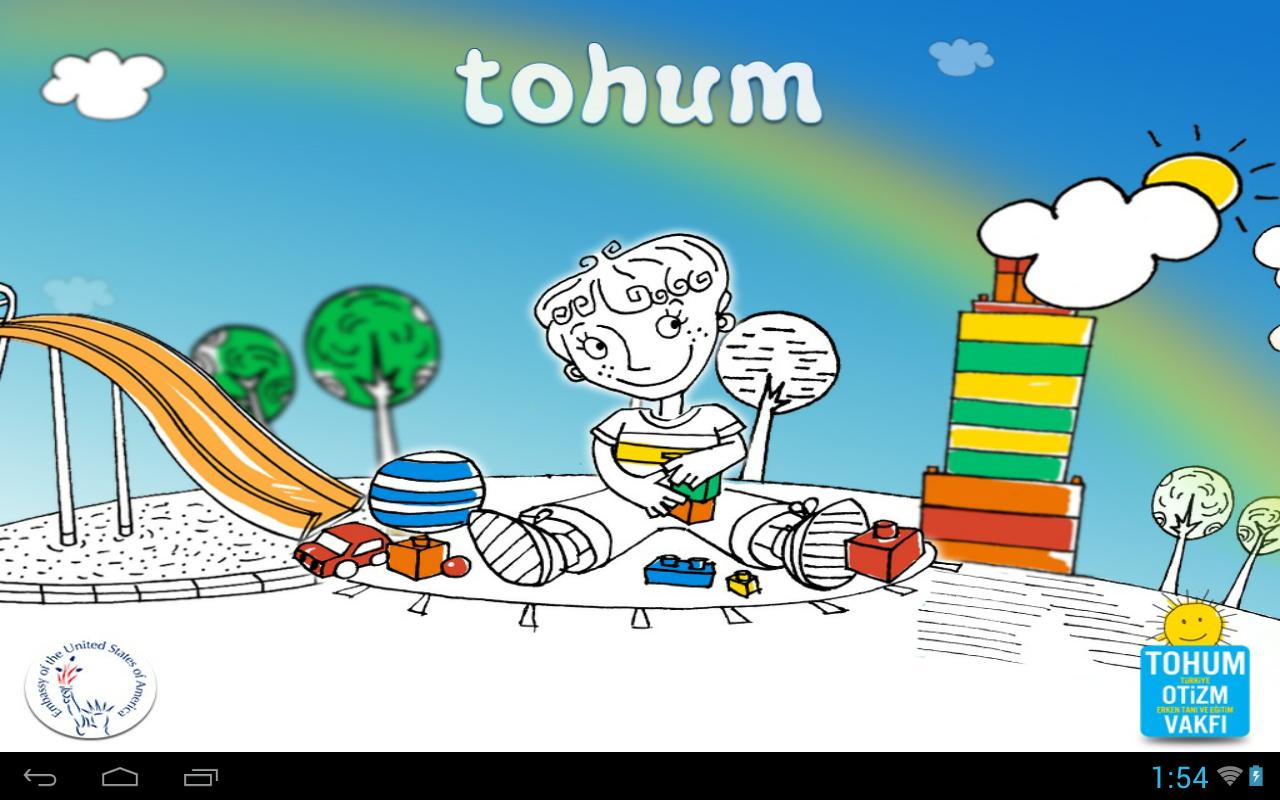
Tablet Computer Talk To Me!
4 years and older for children.
This application, which was prepared by the seed Autism Foundation for the first time in Türkiye, was prepared in accordance with children with autism and mentally disabled children and children with attention deficit and children with developmental problems to learn the skills they need in daily life.
The application is designed by taking into account the scientific -based practices developed to teach (distinguishing) and teach new skills. In addition, there is a communication section in practice that will help the child express their needs. The application consists of (a) visual support, (b) object name learning and (c) communication sections to meet the objectives listed.
Visual Support Department (a) Self -care skills, (b) Social skills, (c) consists of daily life skills and (d) communication departments. In this section, the use of visual tips are included. The strong visual memory of children and individuals with autism has led to increasingly investigating the effects of visual clues. As a result of this trend, many parents, teachers and therapists have started to use applications such as teaching with illustrated cards, charts and video models in daily life. This section is prepared with this perspective and theoretical foundation. These practices are used only in teaching targeted skills in some children, while some children are constantly involved in their lives.
In the object name learning section (A) bathroom tools, (b) household goods, (c) clothes, (d) animals, (e) fruits and vegetables, (f) kitchen utensils, (g) school-car equipment, (h) vehicles are available. This section is designed by using fixed waiting -time teaching from the scientific foundations of the scientific foundation and the reaction clues, which are strongly demonstrated with different environments and researchers. In fixed waiting period teaching, the aim is to provide a clue before reacting to the directive or question presented to the child and the child is aimed to react correctly based on this clue. In this section, teaching is prepared on the basis of individualization due to the level and performance of the child. The parent or child can select this field if the object is needed to learn the object, the child who works with the child (eg, parent, teacher, therapist, brother, peer) can enter the waiting time and difficulty degree (eg, to show the object from the two objects, to choose the object from the three objects).
In practice, there is also a data collection section for the object name learning section. This section is the section that enables the child's performance. In this section, descriptive information such as the name of the practitioner, the name of the child, the work category, the difficulty level and the waiting time are also recorded in this section. Thus, people who use the application can record the development of the child over time and make appropriate decisions depending on this development.
One of the most important features of the application is that the application sections can be individualized according to the child's needs. People who use the application can add pictures/photos to the relevant departments according to the child's needs and upload a video image. If you need an example, a parent who wants his child to learn his game skills can upload his brother or peer to the relevant section by taking a video of his brother or peer, and the child can follow this video to learn about this skill. In the application, each section contains video images showing the construction of objects or images. Finally, there are explanations about how that section should be handled in relation to each department.
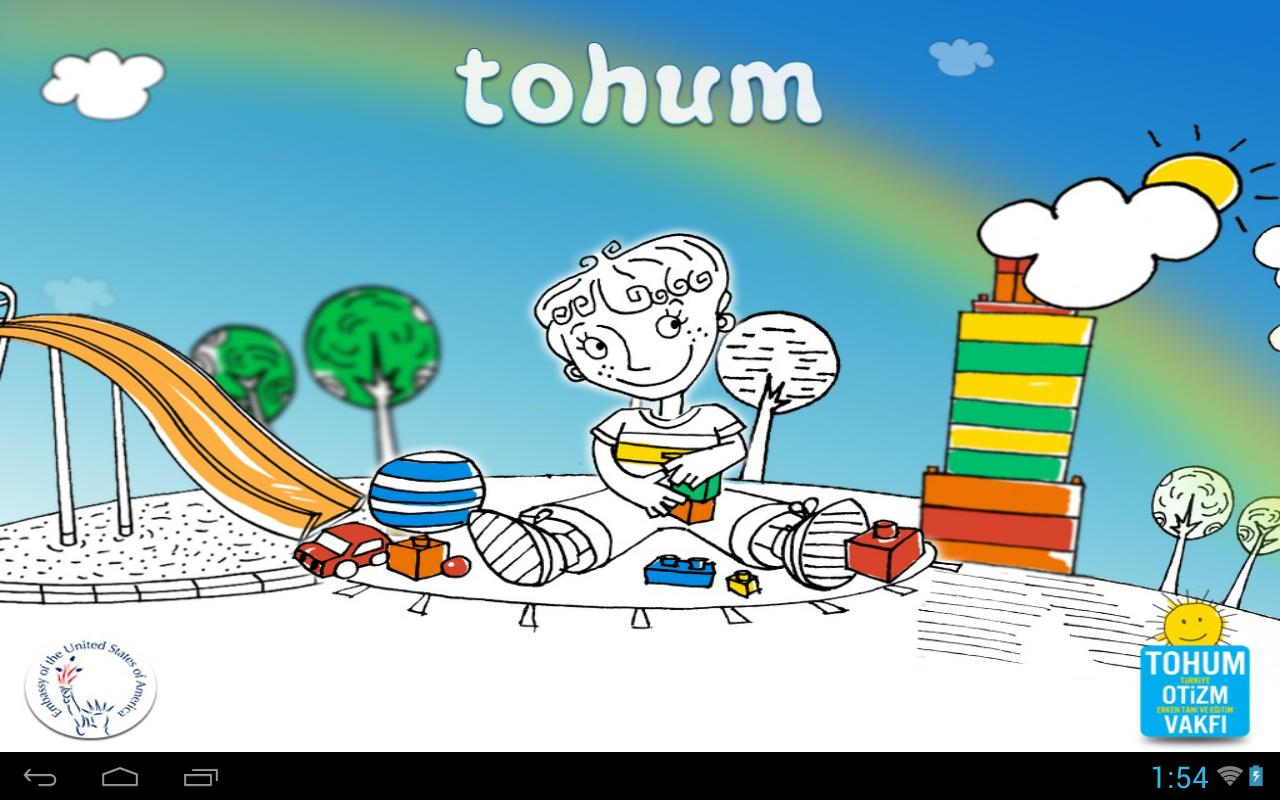
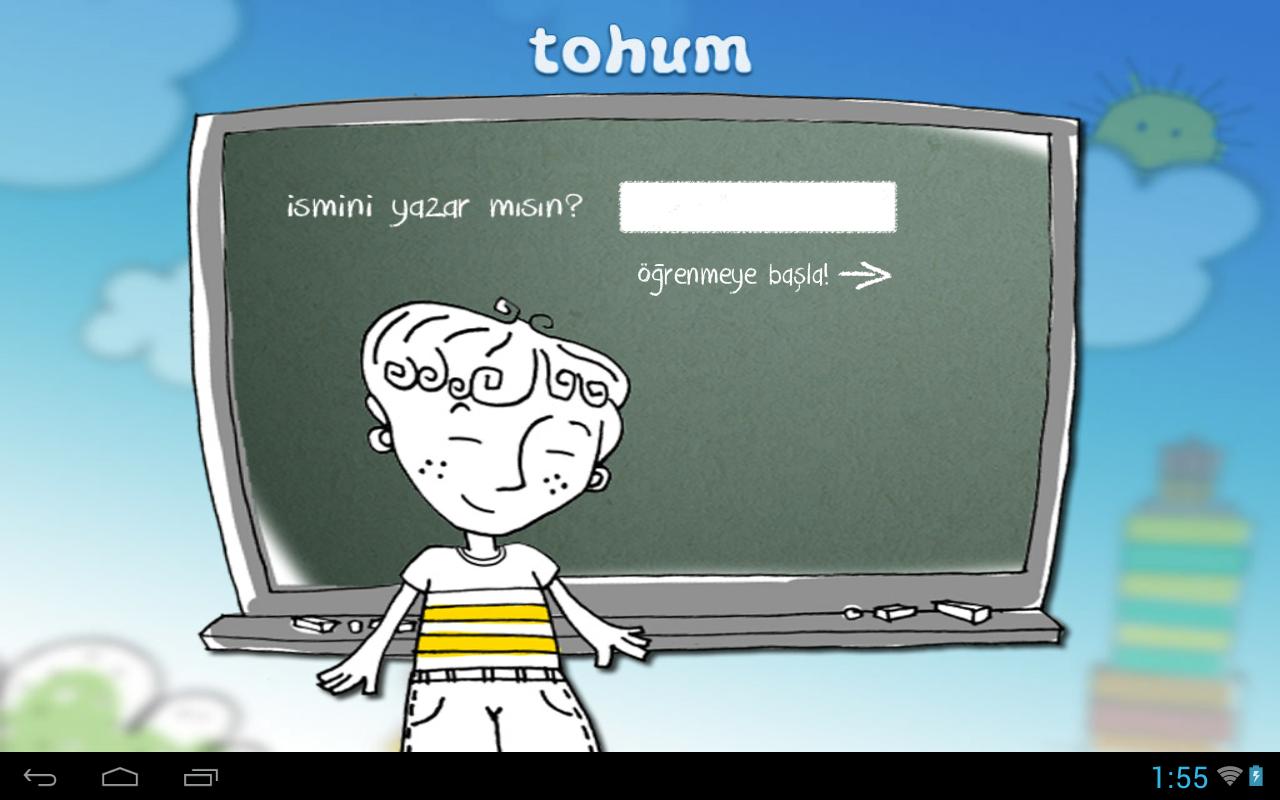
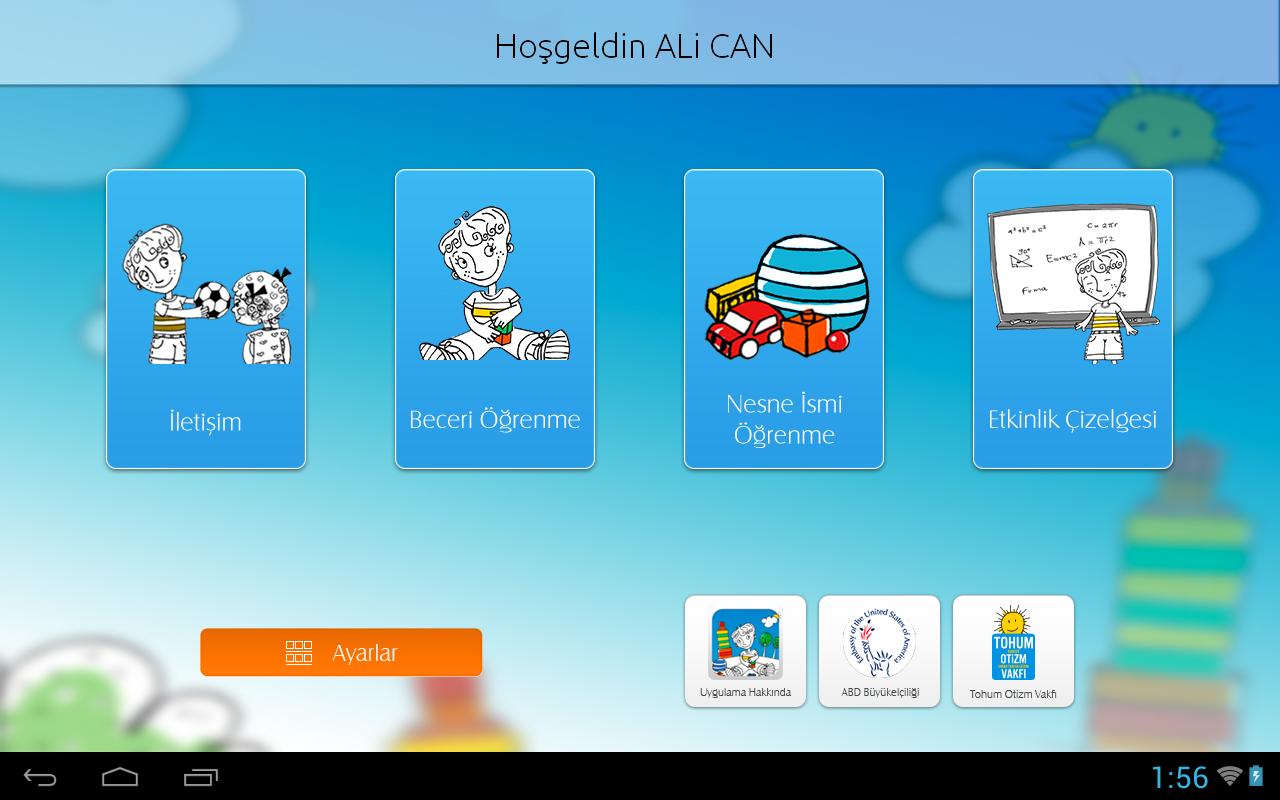
November 25, 2025
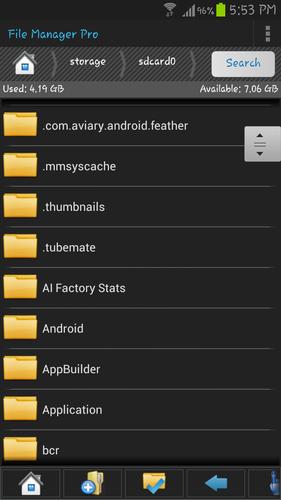
November 25, 2025
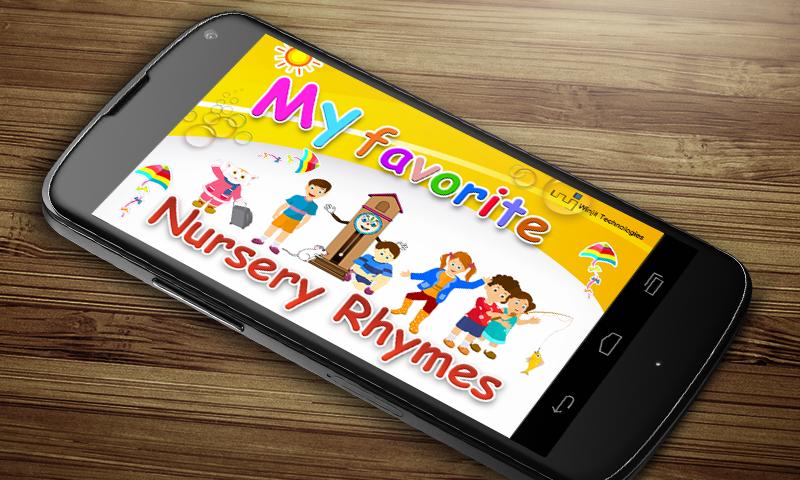
November 24, 2025
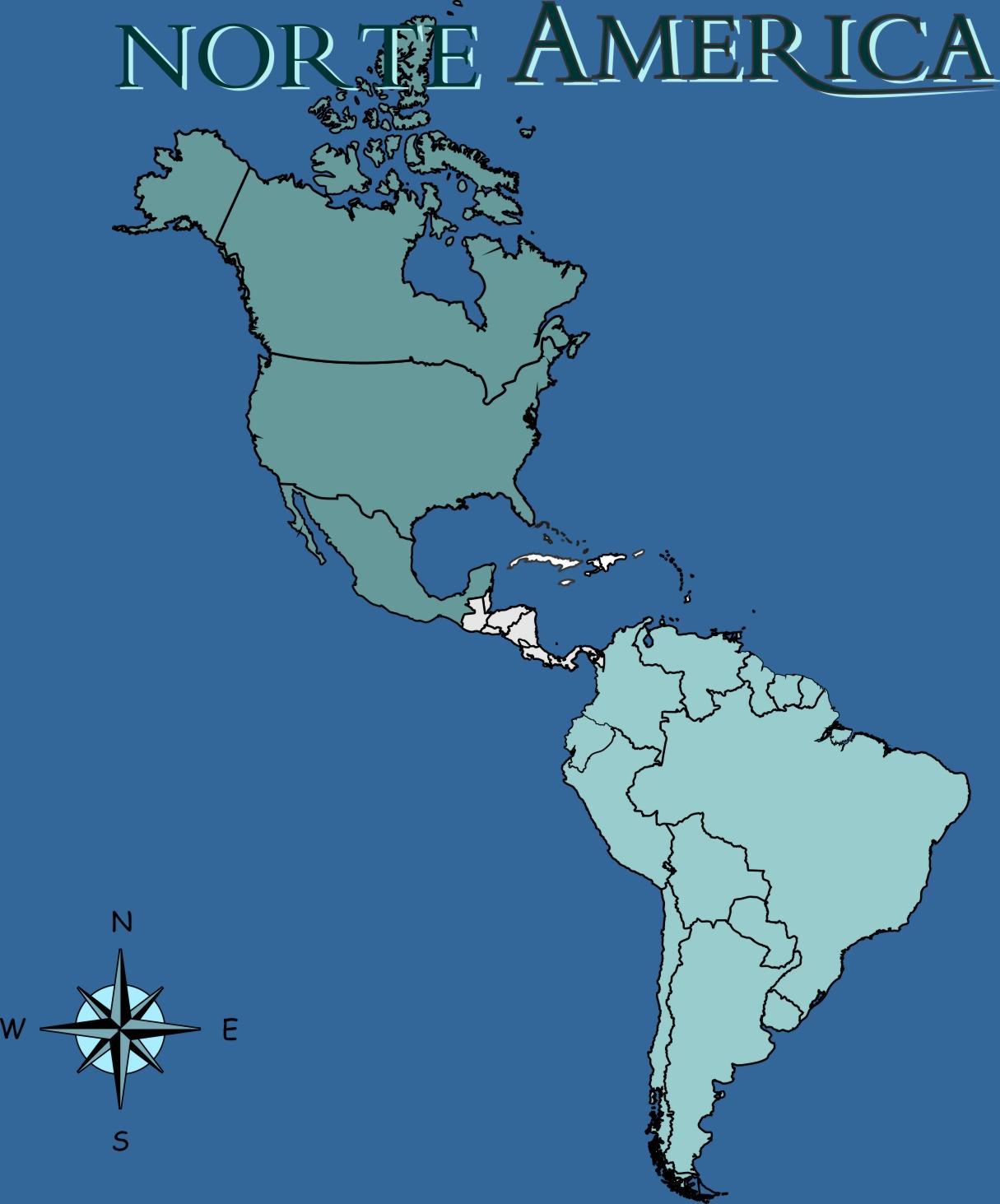
November 23, 2025
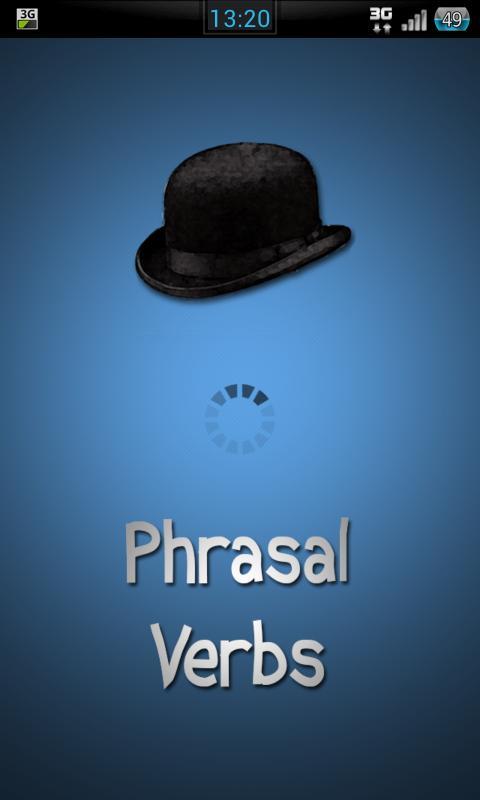
November 23, 2025
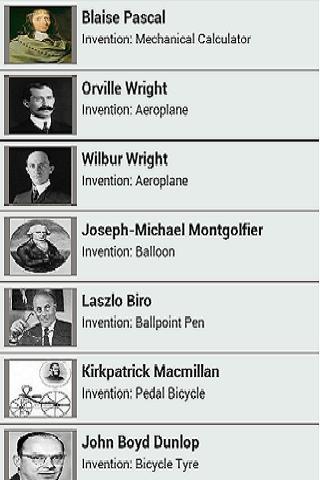
November 22, 2025

November 22, 2025
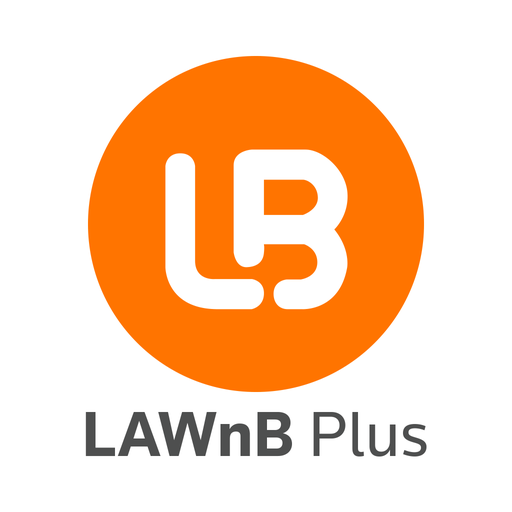
November 21, 2025

November 21, 2025
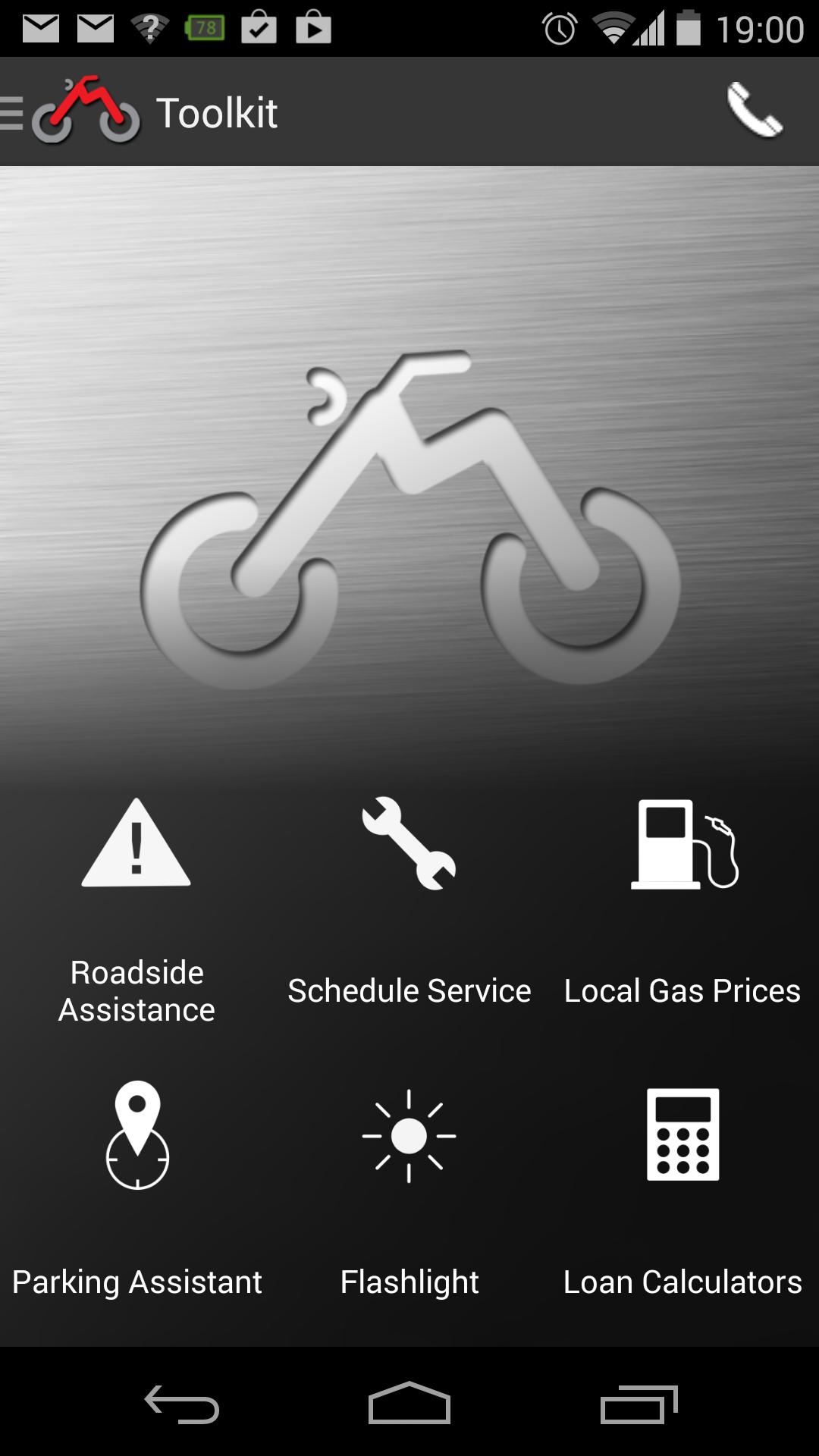
November 21, 2025
